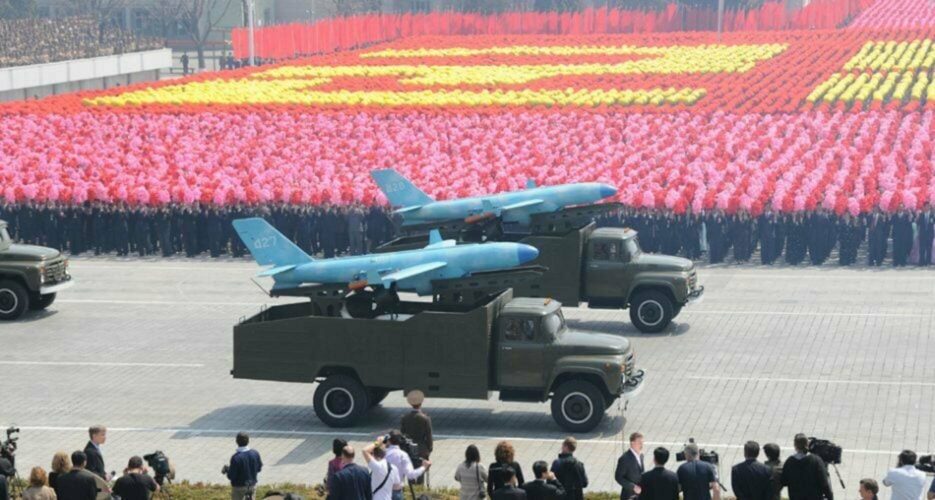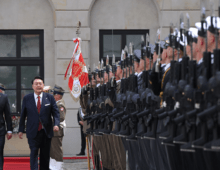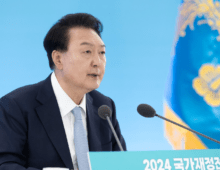President blames cuts to drone operations for security failures, but parties are in no mood for another budget fight
Multiple North Korean drones entered South Korean airspace along the western border on Monday. While many details about what happened remain unclear, initial reports point to an embarrassing ROK military failure to counter unmanned aerial vehicles (UAVs) that has pushed the Yoon administration into damage control mode.
According to Yonhap News Agency, a fixed-wing drone flew into the airspace above northern Seoul before returning to North Korea, while South Korea detected four other drones that operated near Ganghwa island for more than five hours before “disappearing” from ROK sensors.
Multiple North Korean drones entered South Korean airspace along the western border on Monday. While many details about what happened remain unclear, initial reports point to an embarrassing ROK military failure to counter unmanned aerial vehicles (UAVs) that has pushed the Yoon administration into damage control mode.
According to Yonhap News Agency, a fixed-wing drone flew into the airspace above northern Seoul before returning to North Korea, while South Korea detected four other drones that operated near Ganghwa island for more than five hours before “disappearing” from ROK sensors.
Get 30 days
of free access to
KoreaPro
Full access to all analysis
The KOREA PRO newsletter, every business day
Daily analysis on the top story of the day
The ability to suggest topics for coverage by our specialist team
Be smart about South Korea
Get full access to expert analysis and opinion.
Start now
No charges during your trial. Cancel anytime. A paid subscription will start after 30 days.
© Korea Risk Group. All rights reserved.
No part of this content may be reproduced, distributed, or used for
commercial purposes without prior written permission from Korea Risk
Group.












